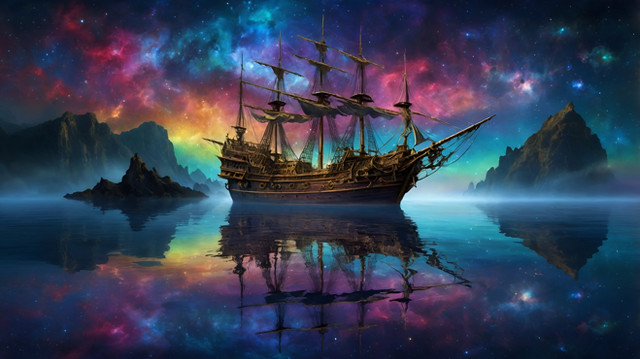HOME | DD
 Til132 — Essay: Warefare led to inverted yield curves WWII
Til132 — Essay: Warefare led to inverted yield curves WWII

#business #consumers #global #investments #nations #economy
Published: 2023-10-06 02:30:34 +0000 UTC; Views: 248; Favourites: 2; Downloads: 0
Redirect to original
Description
Secret: Lets begin with the basics, a business operation needs money. They can get revenue from customers, and then from the products they made by employees and factory workers, management and so, leads to profit. Profit is then normally distributed to the shareholders and then some of that is paid as wages to workers, and others go to investments such as purchasing new technology to increase output of products, as well hiring people that manage these technologies. Outside their office hours, workers become consumers and purchase a bunch of goods for their entertainment (e.g. video games), survivial (food, water) and other needs (e.g. installing solar panels). These services are provided by other businesses so they also obey the usual investment, revenue and cost. That is basic macroeconomics 101Now at a national level, every nation participate in markets as they trade goods in exchange for money and then that money is invested on a bunch of things such as international relations (e.g. all the items, documents and human resources required to organise and prepare a meeting between two or more world leaders), strategic policies, intranational policies such as how government made budgets and spends money etc.
Ultimately, all that money in the economy is generated by raw materials extractions such as metals in mines, oil from underground, water from reserviors and energy generated by solar plants etc.
When war occurs, one of the assets purchased is a massive mobilisation of soldiers and their tanks airplanes and so on. All of these unlike even consumer goods, are meant to be destroyed in war. Thus we now have a segment of economy where huge money is invested for very little gain. Yes, after the war, it is usually the losing nations that repay all the costs sustained by those involved in the war (treaties and such) including almost every buildings that are destroyed in it and people lives lost
However, if you zoom this out you will realise MONEY IS STILL LOST GLOBALLY. So how do the economy respond to it?
a. Some nations become more nationalist in order to cut themselves off from the unstable global market to conserve resources they want to trade with others and to distance themselves from the war affected countries
b. Some nations provide foreign aid to help on post war rebuilding
c. There is debt first accumulated in government, government then pass policies to encourage business to invests, business then negotiate with workers to work harder in order to maintain output, and or new technology is purchased to maintain or increase output
d. More metals mined in order to recover money
e. Consumers spend less as they felt the rising living costs triggered by the rise in interest rate
...
Thus if you run all these calculations, natural resources are consumed at a higher rate in order to repay the global war debt. Normally, this is still manageable because natural resources will regenerte
But the expensive operations of Ukraine, Sudan and many other wars are probably pushing us to a point where the expected regeneration of natural resource is unable to cover war costs. The result? An increasingly weak economy that is increasingly unlikely to bounce back

























